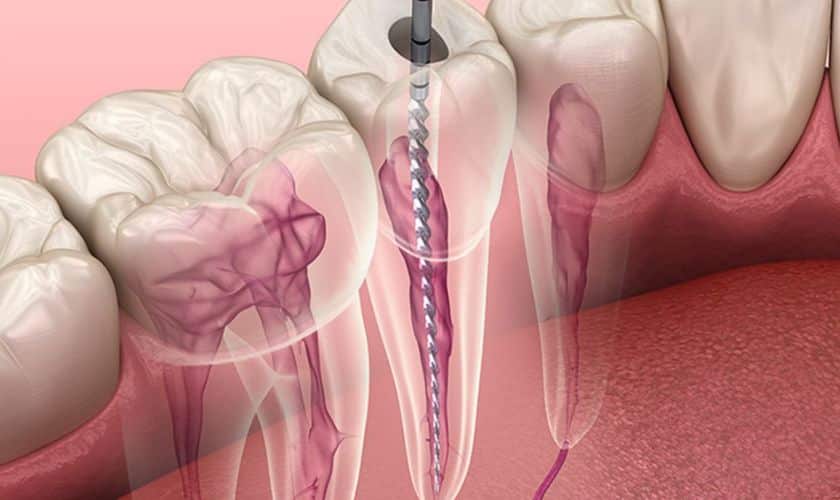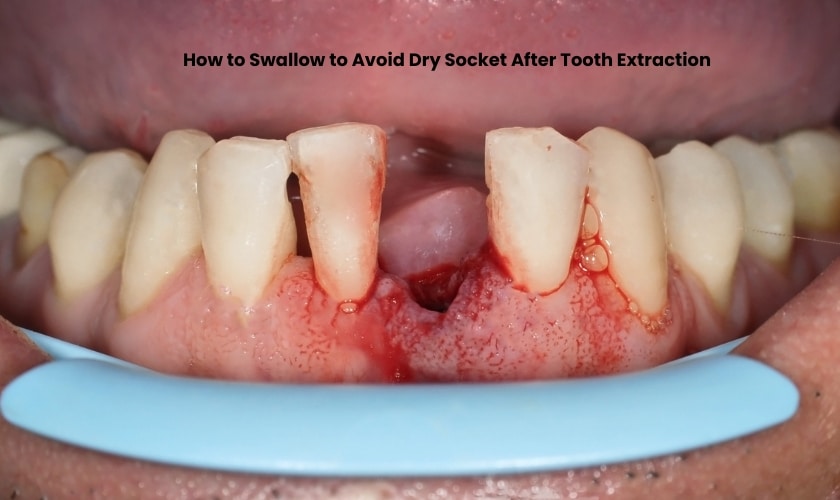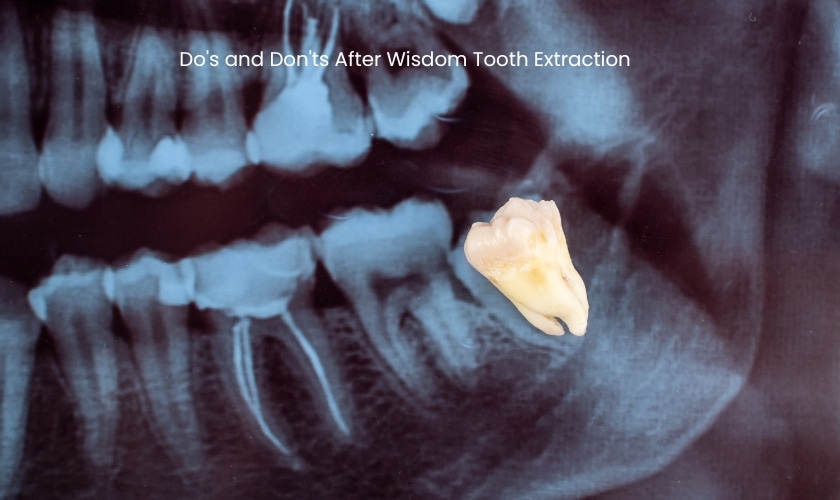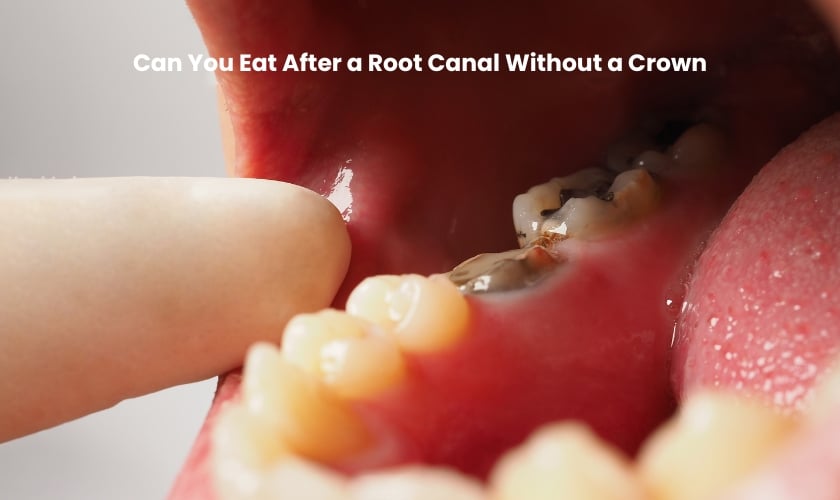
Signs You Need Root Canal Treatment: 6 Symptoms To Look Out For
Root canal treatment is a vital procedure that can help preserve the health of your teeth. Root canal treatment involves removing an infection from inside the tooth, which enables saving teeth that would otherwise require extraction. Root canal therapy should not be painful when performed correctly by an experienced dentist. Signs you need root canal treatment as soon as possible after symptoms begin, there is a much higher chance of successful treatment. This blog discusses six signs of an infected tooth that require root canal treatment.
Symptom 1: Pain While Chewing
One of the first signs of an infected tooth is pain while chewing or biting down on food items. The pain may be localized to just one area or spread across several teeth if multiple teeth are affected by the infection. You may also experience sensitivity when consuming hot or cold foods and drinks and pain while brushing your teeth near where the infection has taken hold. If you are experiencing pain while chewing, contact your dentist to determine the cause.
Symptom 2: Swelling
Another symptom of an infected tooth is swelling in the affected area. Swelling could also spread to your cheeks or chin and be accompanied by mouth soreness. You may also notice redness and tenderness in the gums around the affected tooth. If you experience swelling near where you believe there might be an infection, contact your dentist immediately for further evaluation.
Symptom 3: Discoloration
The enamel of an infected tooth may become discolored due to a buildup of bacteria inside the pulp chamber. This discoloration can range from yellowish-brown in cases of mild infection to dark brown or even black in cases of severe decay. The discoloration may be visible to the naked eye or only upon closer inspection by a dentist.
Symptom 4: Bad Breath and Unpleasant Taste
A lingering foul smell or taste in your mouth can also indicate an infection inside a tooth. This bad breath or unpleasant taste is caused by bacteria and should not be ignored, as it could signify an underlying problem that requires root canal treatment. If you experience persistent bad breath or a metallic taste in your mouth, talk to your dentist about potential causes.
Symptom 5: Fluctuating Temperature Sensitivity
If you experience hot and cold sensitivity within the same area, this could indicate an infection requiring root canal treatment. Usually, teeth become sensitive when exposed to extreme temperatures, but if the sensitivity persists as your mouth warms up, this could be a sign of infection. Talk to your dentist immediately if you experience fluctuating temperature sensitivity in one area of your mouth.
Symptom 6: Abscess
If an infection inside a tooth is left untreated for too long, it can cause an abscess that may require root canal treatment to address. An abscess forms when the bacteria from the infection spreads to surrounding tissue and causes swelling or pus-like drainage from the affected area. If you notice any swelling or discharge near a tooth, contact your dentist immediately and make an appointment for root canal treatment.
Summary
Root canal treatment can help save teeth infected by bacteria, decay, or trauma. The symptoms of an infected tooth can range from pain while chewing to discoloration and bad breath. If you experience any of these signs, contact your dentist immediately for root canal treatment to prevent further damage to the affected teeth.
Root canal treatment is usually done under local anesthesia, making it a comfortable procedure for patients. The discomfort associated with root canal treatment should be minimal, if any at all.
Root canal treatment typically takes one or two visits, depending on the case’s complexity. During each visit, your dentist will likely use a combination of x-rays and dental instruments to clean the infected area.
Root canal treatment can be more expensive than other procedures, but it is necessary for restoring infected teeth. The cost of root canal treatment will depend on your insurance coverage and the case’s complexity. Be sure to speak with your dentist about potential costs before treating.




